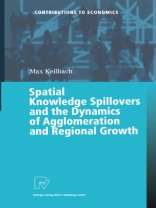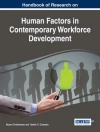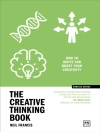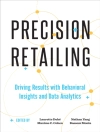and Feldman, 1996 or Audretsch and Stephan, 1996) show that unformalized knowledge may playa major role in the innovation of new products. Now if unformalized knowledge is communicated personally, distance will be an important variable in this process, since the intensity of contacts between persons can be expected to be negatively correlated to the distance between them. In the discussion of section 3.3.1 (page 42) we saw that it was this aspect of localization that Marshall had in mind when he was alluding to "local trade secrets".4 Note that if this spatial dimension of communication between agents exists, it is possible to transfer it to regional aggregates of agents: the closer two regions, the more they will be able to profit from the respective pool of human capital (R&D-output etc.) of the other region. This argument gives a spatial 5 interpretation of the literature on endogenous growth. Now if these spillovers have a spatial dimension then it follows from the discussion in chapter 3 that they will be one driving force in the dynamics of agglomeration. With the model to be developed in this chapter I will investigate the hy- pothesis that it is these forces of agglomeration (i.e. spatial spillovers of nonrival goods or foctors) that are responsible for the inhomogeneous pattern of growth con- vergence. To analyze this phenomenon, I consider different types of regional aggregates and different distances in the model.
Max C. Keilbach
Spatial Knowledge Spillovers and the Dynamics of Agglomeration and Regional Growth [PDF ebook]
Spatial Knowledge Spillovers and the Dynamics of Agglomeration and Regional Growth [PDF ebook]
Cumpărați această carte electronică și primiți încă 1 GRATUIT!
Limba Engleză ● Format PDF ● ISBN 9783642576980 ● Editura Physica-Verlag HD ● Publicat 2012 ● Descărcabil 3 ori ● Valută EUR ● ID 6357161 ● Protecție împotriva copiilor Adobe DRM
Necesită un cititor de ebook capabil de DRM










